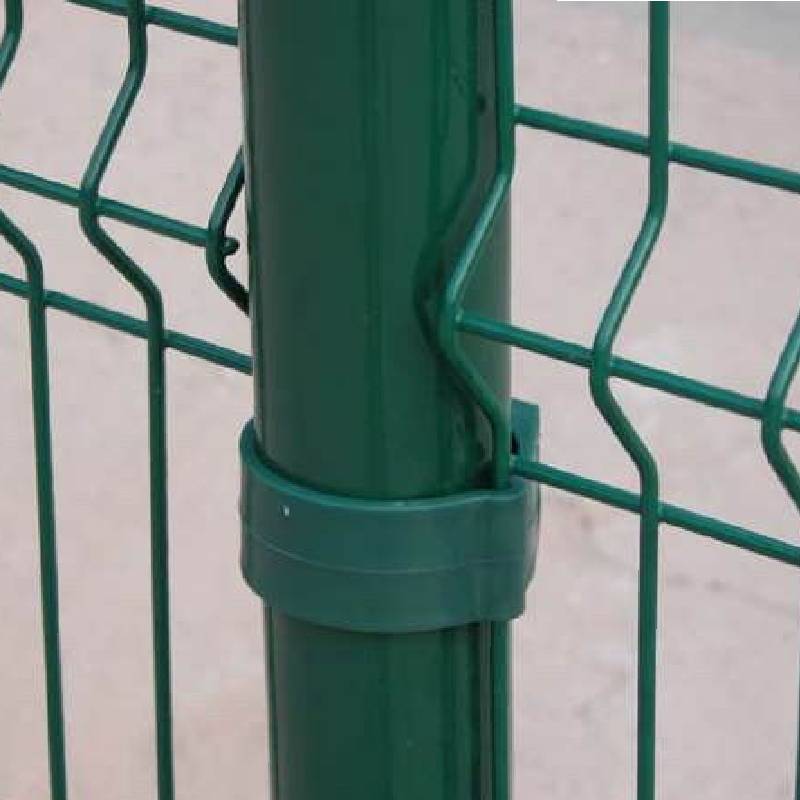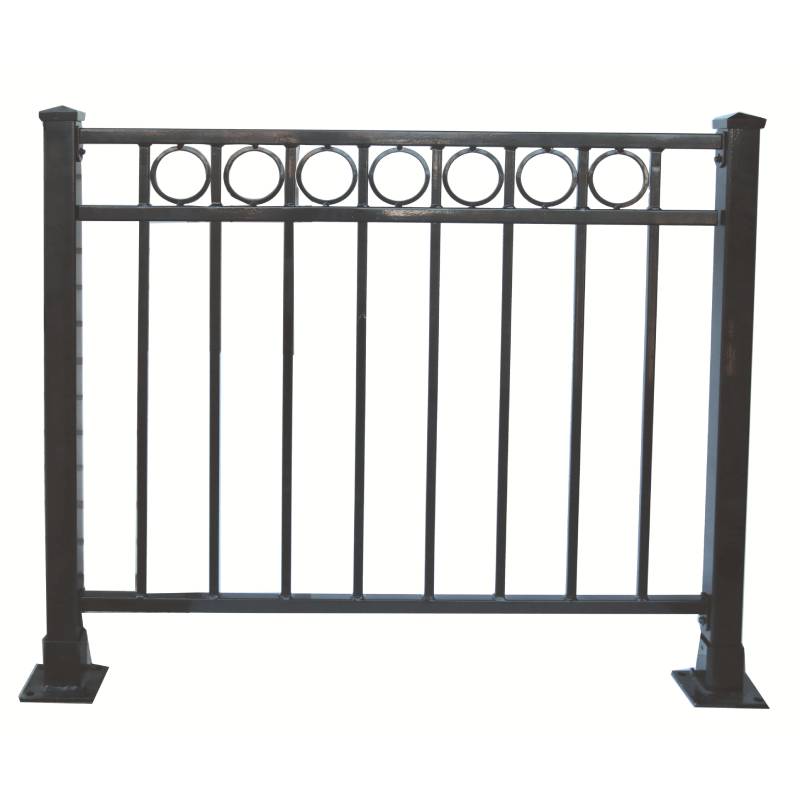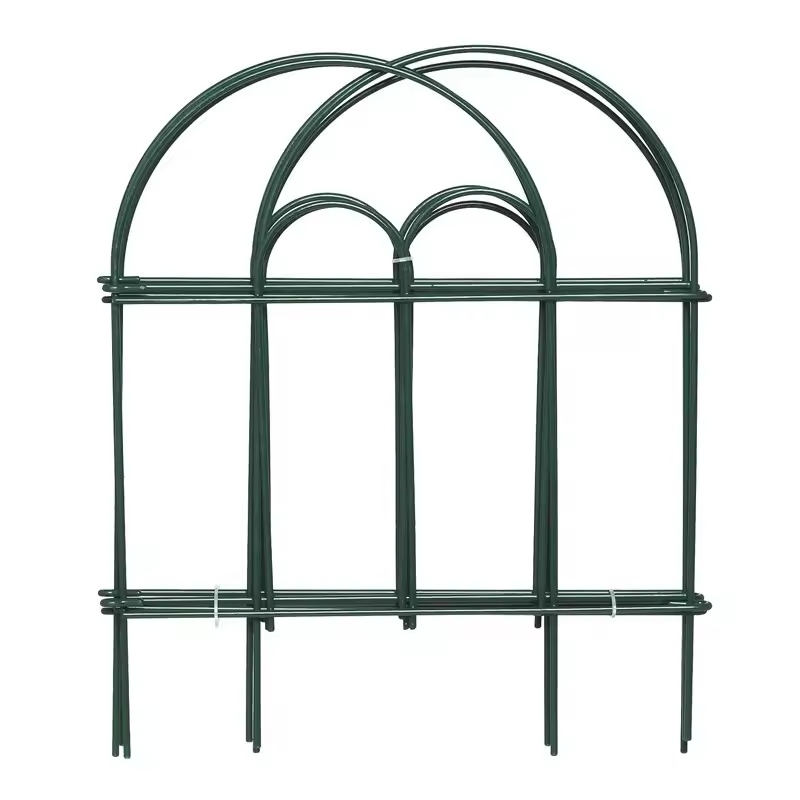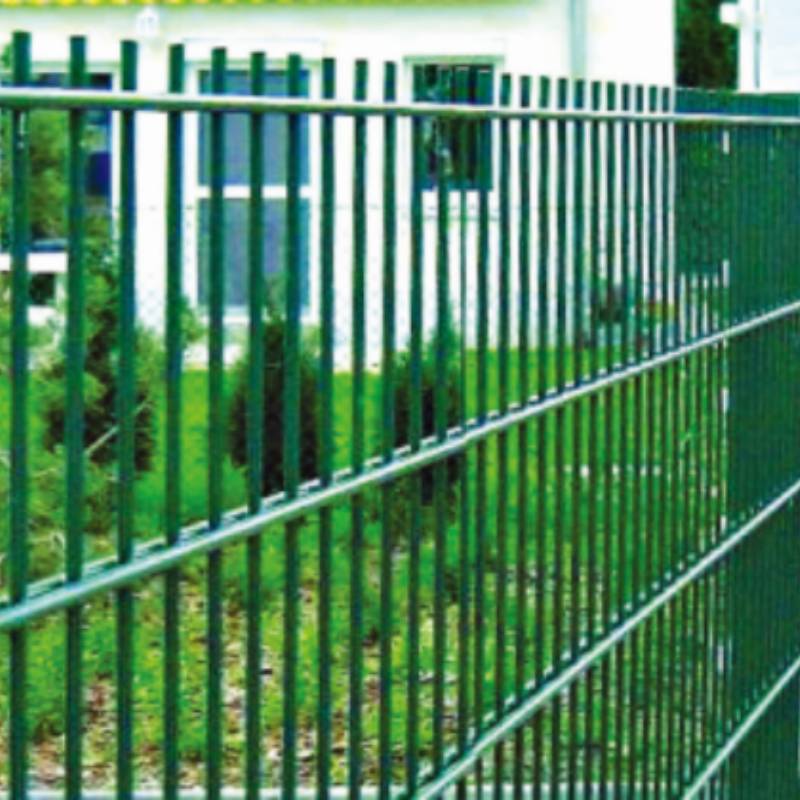-
Retpoŝto:zhao@hyliec.cn
-
Tel:+86 311 85273988
-
WhatsAPP:8613931128750
-
 afrikano
afrikano -
 albana
albana -
 Amhara
Amhara -
 la araba
la araba -
 la armena
la armena -
 Azerbajĝana
Azerbajĝana -
 eŭska
eŭska -
 Belarusian
Belarusian -
 bengala
bengala -
 bosnia
bosnia -
 bulgaro
bulgaro -
 kataluna
kataluna -
 Cebuano
Cebuano -
 korsika
korsika -
 kroata
kroata -
 ĉeĥa
ĉeĥa -
 dana
dana -
 nederlanda
nederlanda -
 la angla
la angla -
 Esperanto
Esperanto -
 estona
estona -
 finna
finna -
 franca
franca -
 frisa
frisa -
 galego
galego -
 kartvela
kartvela -
 germana
germana -
 greka
greka -
 Gujaratio
Gujaratio -
 Haitian Creole
Haitian Creole -
 hausa
hausa -
 havajano
havajano -
 la hebrea
la hebrea -
 Ne
Ne -
 Miao
Miao -
 hungara
hungara -
 islanda
islanda -
 igbo
igbo -
 indonezia
indonezia -
 irlandano
irlandano -
 itala
itala -
 Japanoj
Japanoj -
 la javano
la javano -
 Kannada
Kannada -
 kazaĥo
kazaĥo -
 ĥmeroj
ĥmeroj -
 Ruando
Ruando -
 korea
korea -
 kurda
kurda -
 Kirgizoj
Kirgizoj -
 TB
TB -
 la latina
la latina -
 latva
latva -
 litova
litova -
 luksemburga
luksemburga -
 makedona
makedona -
 Malgashi
Malgashi -
 malaja
malaja -
 la malajala
la malajala -
 malta
malta -
 maoria
maoria -
 Maratio
Maratio -
 mongola
mongola -
 Mjanmao
Mjanmao -
 nepala
nepala -
 norvega
norvega -
 norvega
norvega -
 okcitana
okcitana -
 Paŝto
Paŝto -
 la persa
la persa -
 pola
pola -
 portugala
portugala -
 panĝaba
panĝaba -
 rumana
rumana -
 rusa
rusa -
 samoano
samoano -
 Skotgaela
Skotgaela -
 serba
serba -
 la angla
la angla -
 Ŝona
Ŝona -
 Sinda
Sinda -
 Sinhala
Sinhala -
 la slovaka
la slovaka -
 sloveno
sloveno -
 Somalo
Somalo -
 hispana
hispana -
 Sundanese
Sundanese -
 Svahila
Svahila -
 sveda
sveda -
 la tagaloga
la tagaloga -
 taĝiko
taĝiko -
 la tamila
la tamila -
 tataro
tataro -
 la telugua
la telugua -
 tajlanda
tajlanda -
 Turka
Turka -
 turkmenoj
turkmenoj -
 ukraina
ukraina -
 Urdu
Urdu -
 ujgura
ujgura -
 uzbeko
uzbeko -
 vjetnama
vjetnama -
 kimra lingvo
kimra lingvo -
 Helpu
Helpu -
 jida
jida -
 joruboj
joruboj -
 la zulua
la zulua
Panela Barilo
Wholesale Metal Fence Panels ?
Wholesale metal fence panels are a popular choice for those looking for durable and secure fencing solutions. These panels are often made steel materials providing a
strong and long-lasting option for garden fencing. They are available in various designs and sizes, making them suitable for a wide range of applications. Wholesale options offer cost-effective solutions for purchasing metal fence panels in bulk, making them ideal for contractors, landscapers, and property developers looking to install fencing on a larger scale.
Is It Cheaper To Buy Fence Panels Or Build Them?
The cost of buying fence panels versus building them can vary depending on several factors. In general, buying pre-made fence panels can be cheaper and more time-efficient than building them from scratch. Pre-made panels are mass-produced, which often makes them more cost-effective due to economies of scale. Additionally, purchasing fence panels can save on labor costs, as they are typically easier and quicker to install compared to building a fence from individual components. However, building a fence from raw materials allows for more customization and control over the design, which may be a priority for some individuals. It's important to consider the specific requirements, budget, and time constraints when deciding whether to buy or build fence panels.
How To Install A Panel Fence?
To install a panel fence involves several steps:
1. Measure and plan: Determine the length of the fence and calculate the number of panels needed. Plan the layout and ensure the fence posts are installed at the appropriate intervals to accommodate the panels.
2. Install the posts: Dig holes for the fence posts, ensuring they are deep enough to provide stability. Set the posts in concrete and allow them to cure before attaching the panels.
3. Attach the panels: Once the posts are set, attach the panels to the posts using appropriate fasteners such as screws or nails. Ensure the panels are level and properly aligned.
4. Add finishing touches: Depending on the type of panels used, additional finishing touches such as capping, trim, or paint may be required to enhance the appearance and durability of the fence.
5. Maintenance: Regular maintenance, such as cleaning and sealing, may be necessary to ensure the longevity of the fence panels.
It's important to follow the manufacturer's instructions and local building codes when paneling a fence to ensure proper installation and compliance with regulations. If in doubt, it's advisable to consult with a professional or seek guidance from experienced individuals.








